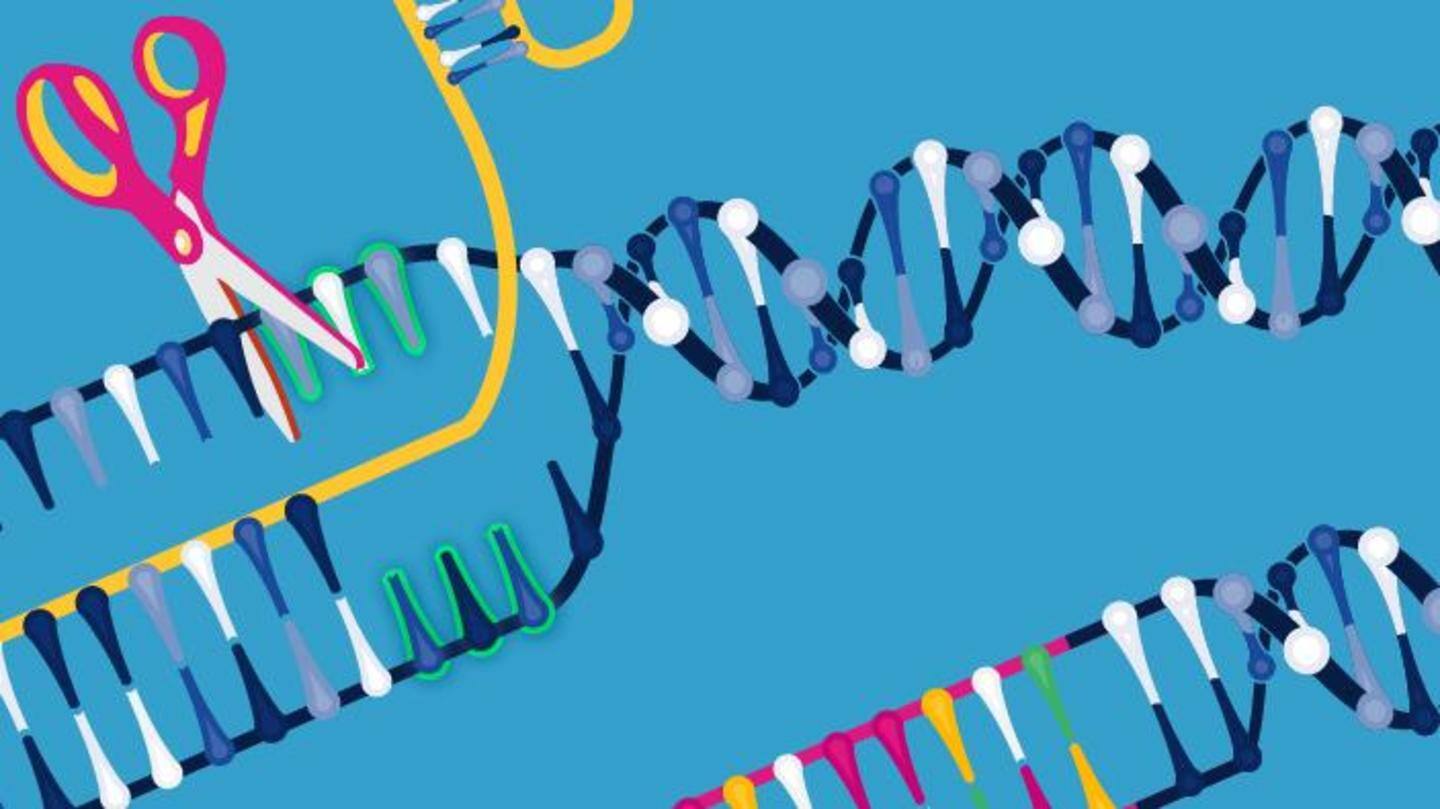
Scientists use gene-edited sheep to develop treatment for Batten's disease
What's the story
Gene-editing techniques are expanding horizons in the treatment of incurable diseases. Now, researchers from US and UK are suggesting an alternative treatment involving gene-edited sheep for the fatal infantile brain disorder called Batten's disease. It is a neurodegenerative, lysosomal storage disorder that affects the brain and retina in children. The inheritance pattern of the disease is classified as autosomal recessive.
Context
Why does this story matter?
Breakthroughs in the field of medicine have resulted in improving health and prolonging lifespans. However, certain genetic disorders have always been challenging in terms of treatment. In recent years, genetic modification techniques have been employed to provide a cure for irremediable diseases. The CRISPR-Cas technology is one such strategy that has found its applications in targeted drug development, livestock breeding, and human gene therapy.
Details
What is Batten's disease?
Batten's disease is a pediatric disorder and can result from mutations in one of 13 genes. It is inherited from two symptomless parents who each carry the mutation. Patients suffer visual impairment, a decline in motor controls, seizures, and premature death. Children succumb to it because they lack an enzyme made by healthy CLN1 genes. Without it, the performance of lysosomes is impaired.
Information
Researchers treated affected mice suffering from Batten disease
Researchers started working on mice affected by one form of Batten disease. They were able to treat the mice with a missing enzyme. However, they needed to "test the treatment in larger brains with a structure more like those of a child."
Research
Further studies were carried out on sheep
By using the CRISPR-Cas9 technology, a flock of sheep carrying a single functional copy of the CLN1 gene was produced. As per the scientists, sheep eggs were removed from ovaries and fertilized. Then, "CRISPR reagents were added to make the required changes in CLN1 and the eggs were then implanted into surrogate sheep." Upon breeding the mutated flock, the resulting offspring inherited the disease.
Results
Treating sheep with missing enzyme produced promising improvements
Scientists discovered that the affected sheep (who inherited two mutated genes) showed typical symptoms of Batten's disease. By determining the right dose of the missing enzyme and the route to deliver it to brains of sheep, improvements in their disease was observed. The results are promising but scientists emphasize that more research is required to optimize the treatment.